Community articles — Reports
Write up experiments and research with LaTeX templates for project and lab reports—including layout guidelines to help guide you through the writing process.
Recent
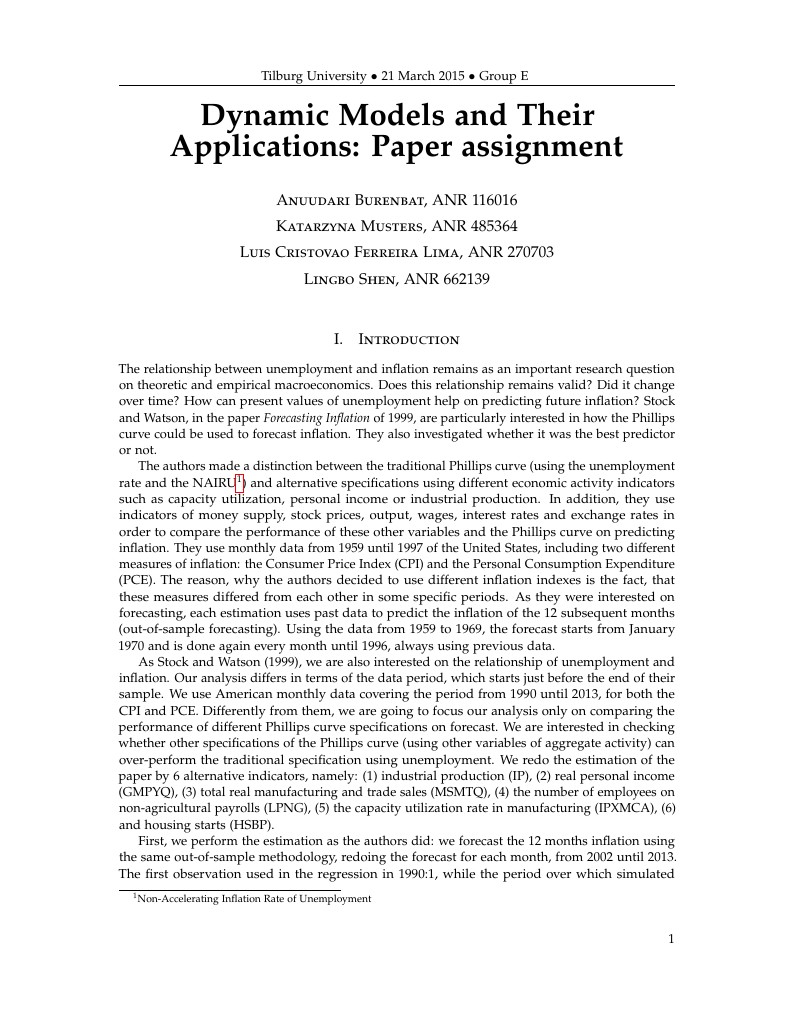
Paper assignment. Template details: This template has been downloaded from: http://www.LaTeXTemplates.com Original author: Frits Wenneker (http://www.howtotex.com) License: CC BY-NC-SA 3.0 (http://creativecommons.org/licenses/by-nc-sa/3.0/)
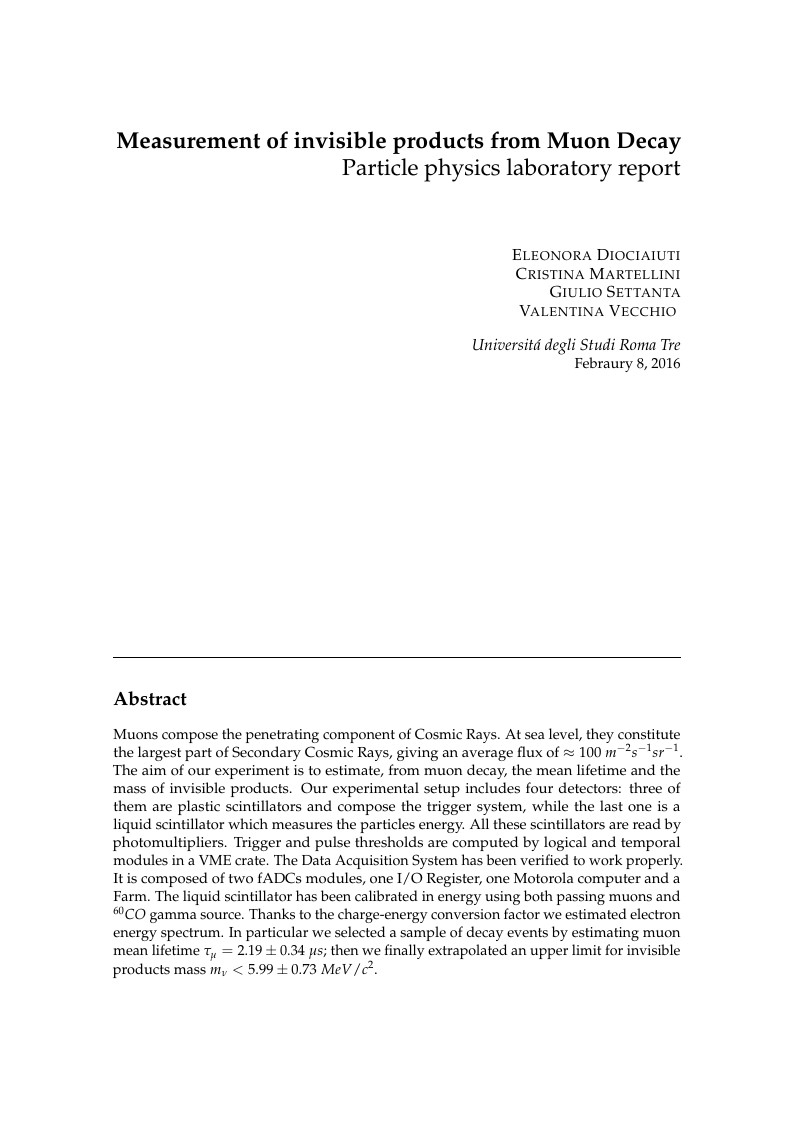
Muons compose the penetrating component of Cosmic Rays. At sea level, they constitute the largest part of Secondary Cosmic Rays, giving an average flux of ≈ 100 m−2s−1sr−1. The aim of our experiment is to estimate, from muon decay, the mean lifetime and the mass of invisible products. Our experimental setup includes four detectors: three of them are plastic scintillators and compose the trigger system, while the last one is a liquid scintillator which measures the particles energy. All these scintillators are read by photomultipliers. Trigger and pulse thresholds are computed by logical and temporal modules in a VME crate. The Data Acquisition System has been verified to work properly. It is composed of two fADCs modules, one I/O Register, one Motorola computer and a Farm. The liquid scintillator has been calibrated in energy using both passing muons and 60CO gamma source. Thanks to the charge-energy conversion factor we estimated electron energy spectrum. In particular we selected a sample of decay events by estimating muon mean lifetime τμ = 2.19 ± 0.34 μs; then we finally extrapolated an upper limit for invisible products mass mν < 5.99 ± 0.73 MeV/c2.
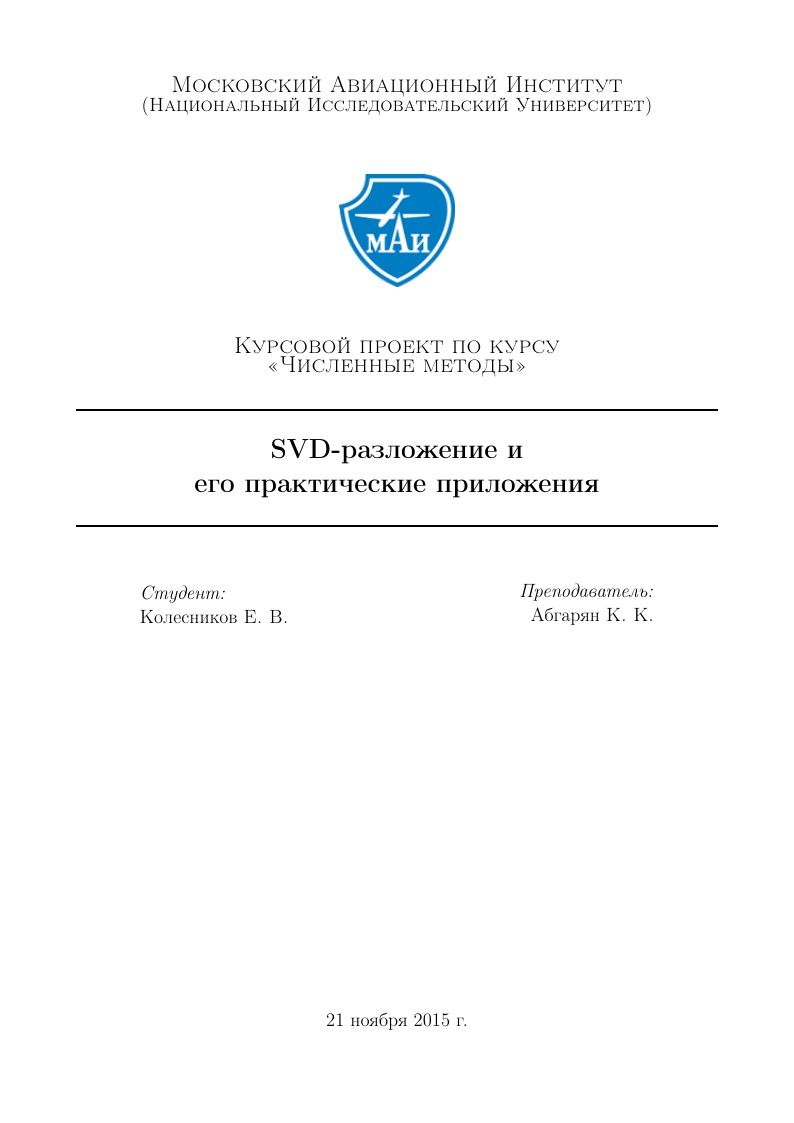
SVD-разложение и его практические приложения с исходным кодом на языке Matlab. (SVD - decomposition and its practical applications with source code in the language Matlab.
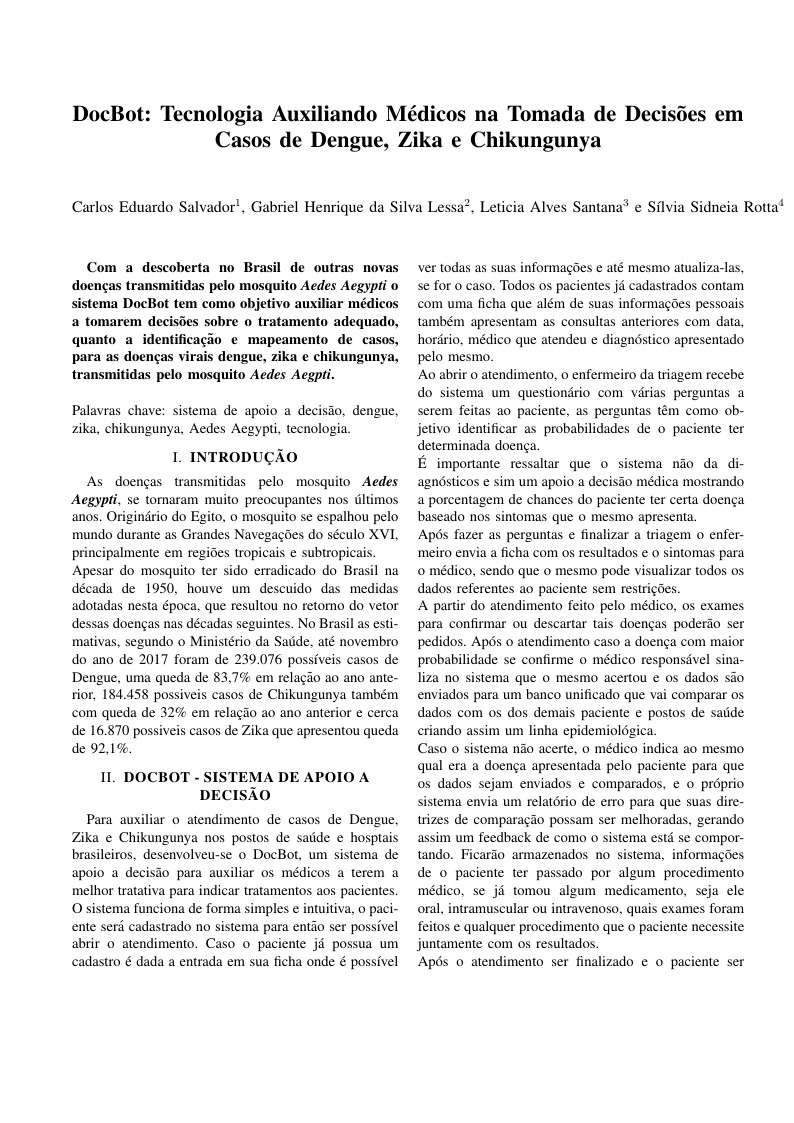
Com a descoberta no Brasil de outras novas doenças transmitidas pelo mosquito Aedes Aegypti o sistema DocBot tem como objetivo auxiliar médicos a tomarem decisões sobre o tratamento adequado, quanto a identificação e mapeamento de casos, para as doenças virais dengue, zika e chikungunya, transmitidas pelo mosquito Aedes Aegpti.
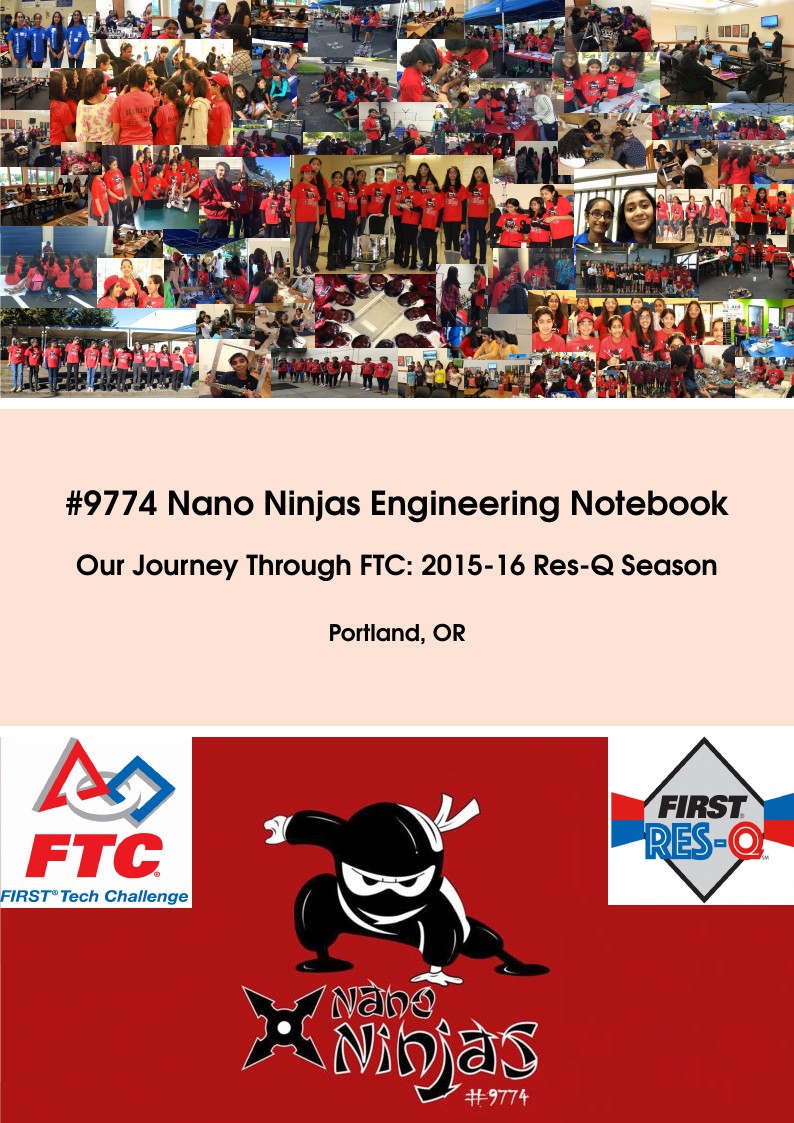
#9774 Nano Ninjas is a rookie FTC Team consisting of fifteen girls in seventh and eighth grade and is a neighborhood team located in Portland, OR. This is our Engineering Notebook capturing every moment of of FTC journey. Read more about our amazing project in our story on the Overleaf blog. This is a big, detailed report at 300+ pages, so give it a few seconds to load! :-)
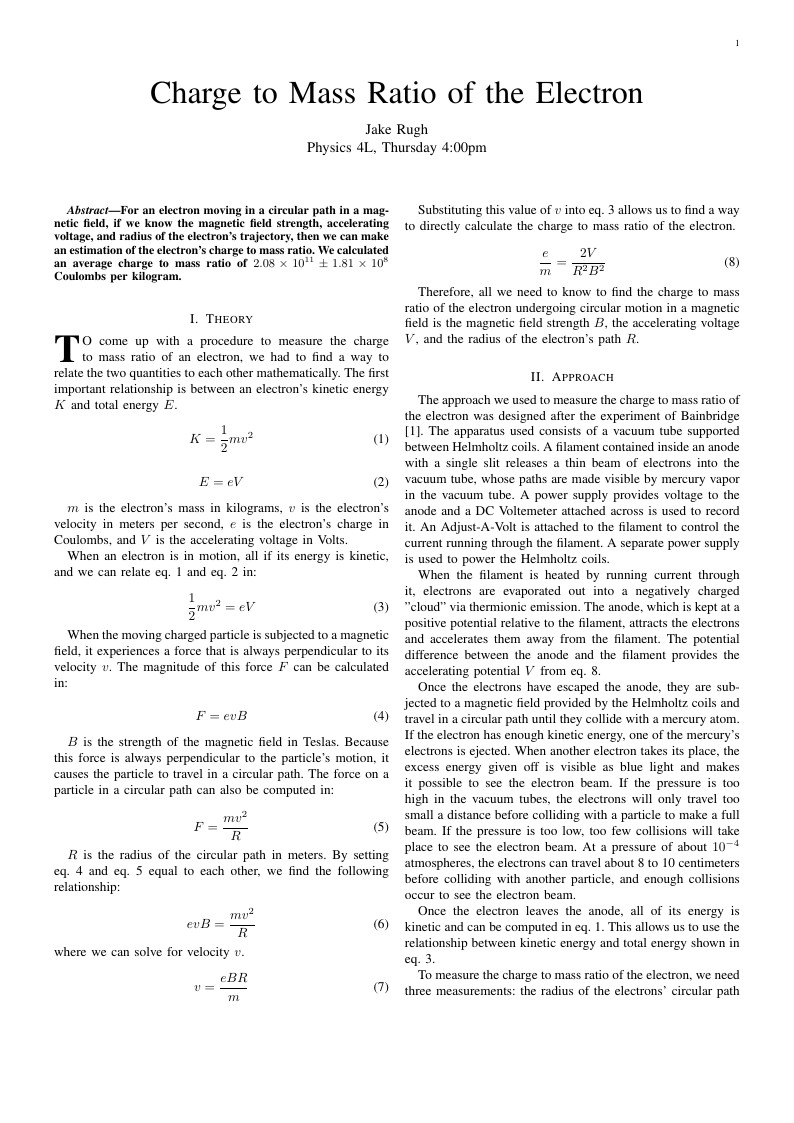
For an electron moving in a circular path in a magnetic field, if we know the magnetic field strength, accelerating voltage, and radius of the electron's trajectory, then we can make an estimation of the electron's charge to mass ratio. We calculated an average charge to mass ratio of \(2.08 \times 10^{11} \pm 1.81 \times 10^8\) Coulombs per kilogram.
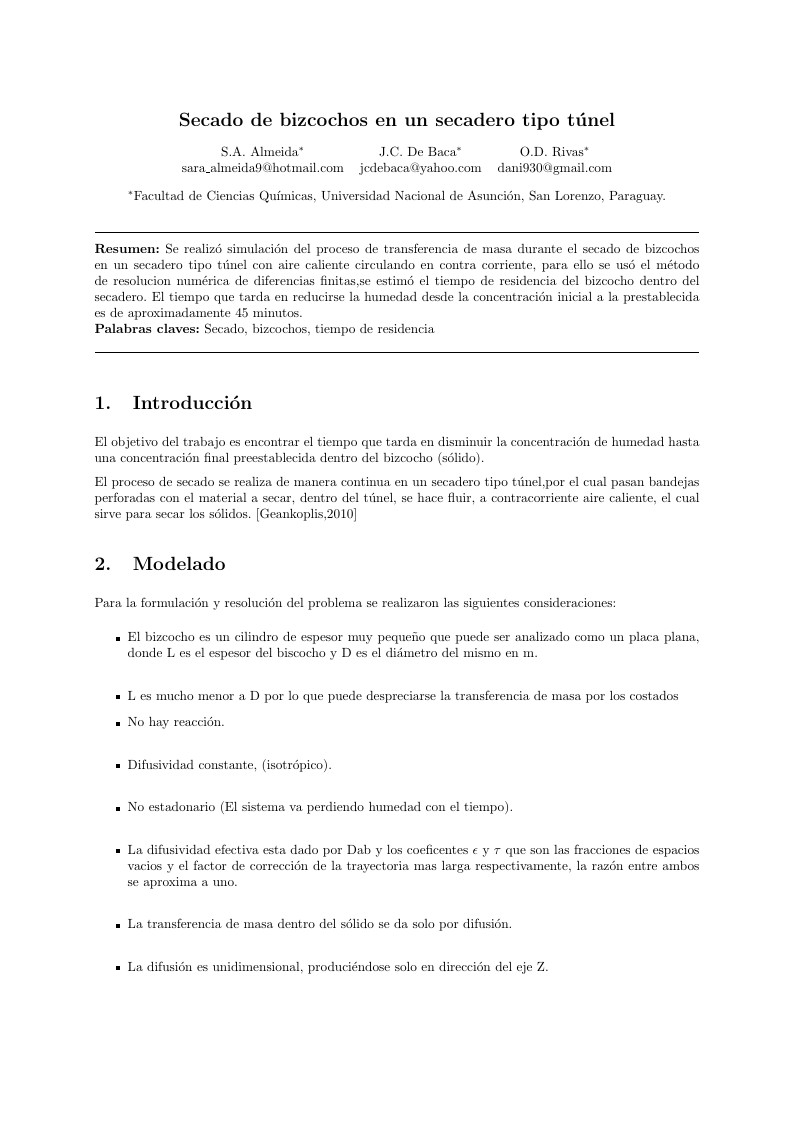
Trabajo realizado en la catedra fenomenos 3
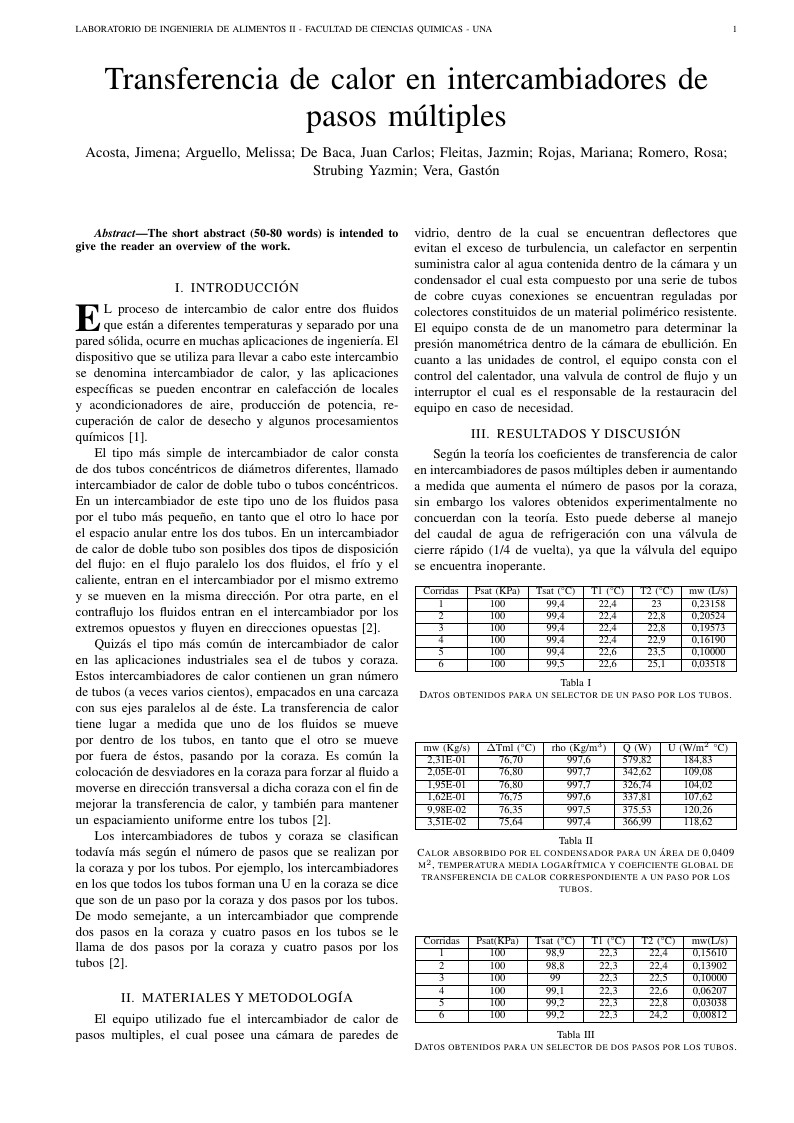
Transferencia de calor en intercambiadores depasos múltiples
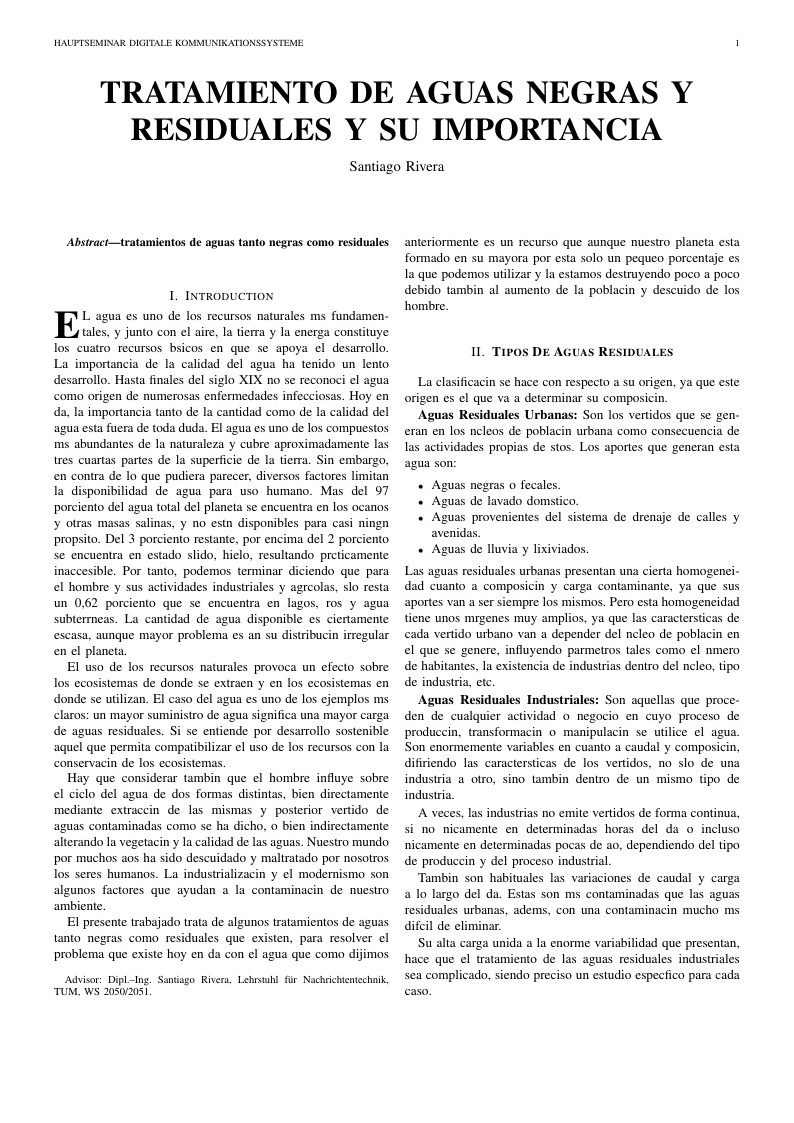
tratamientos de aguas tanto negras como residuales y su importancia
\begin
Discover why over 20 million people worldwide trust Overleaf with their work.